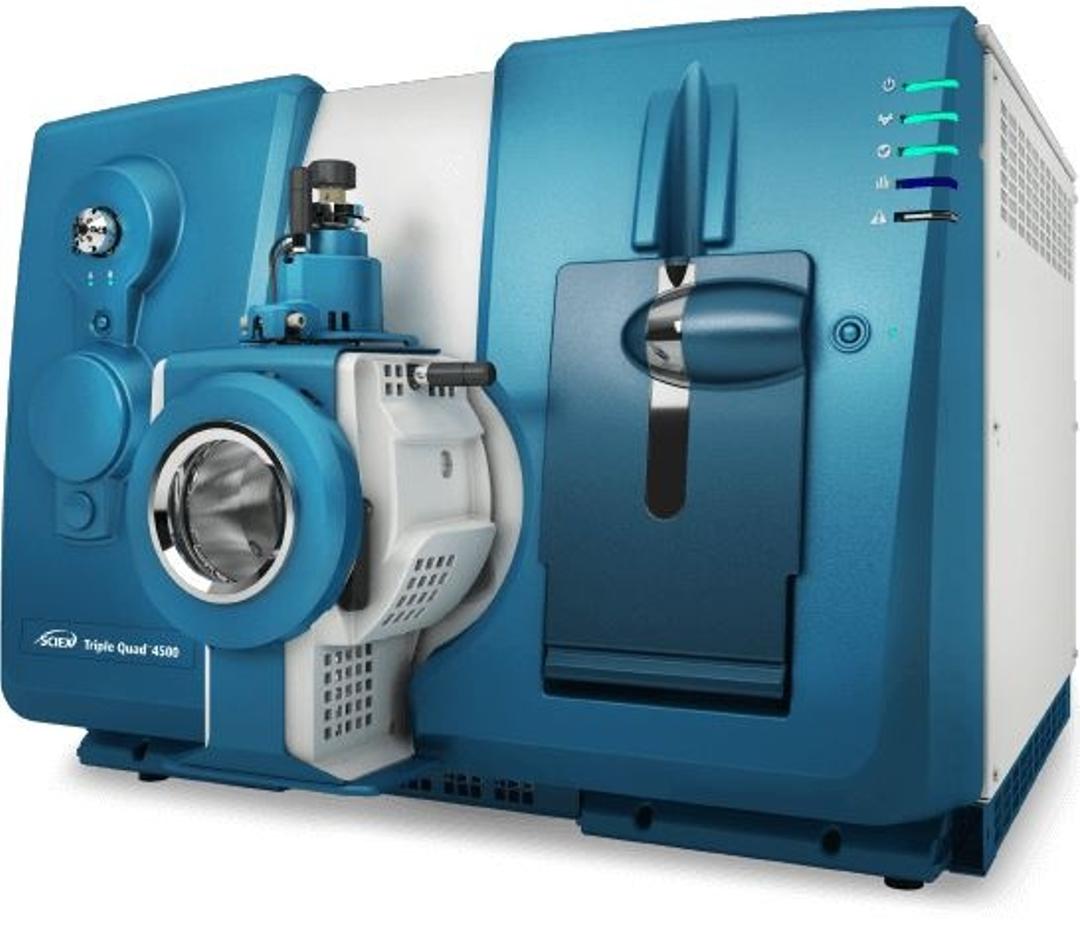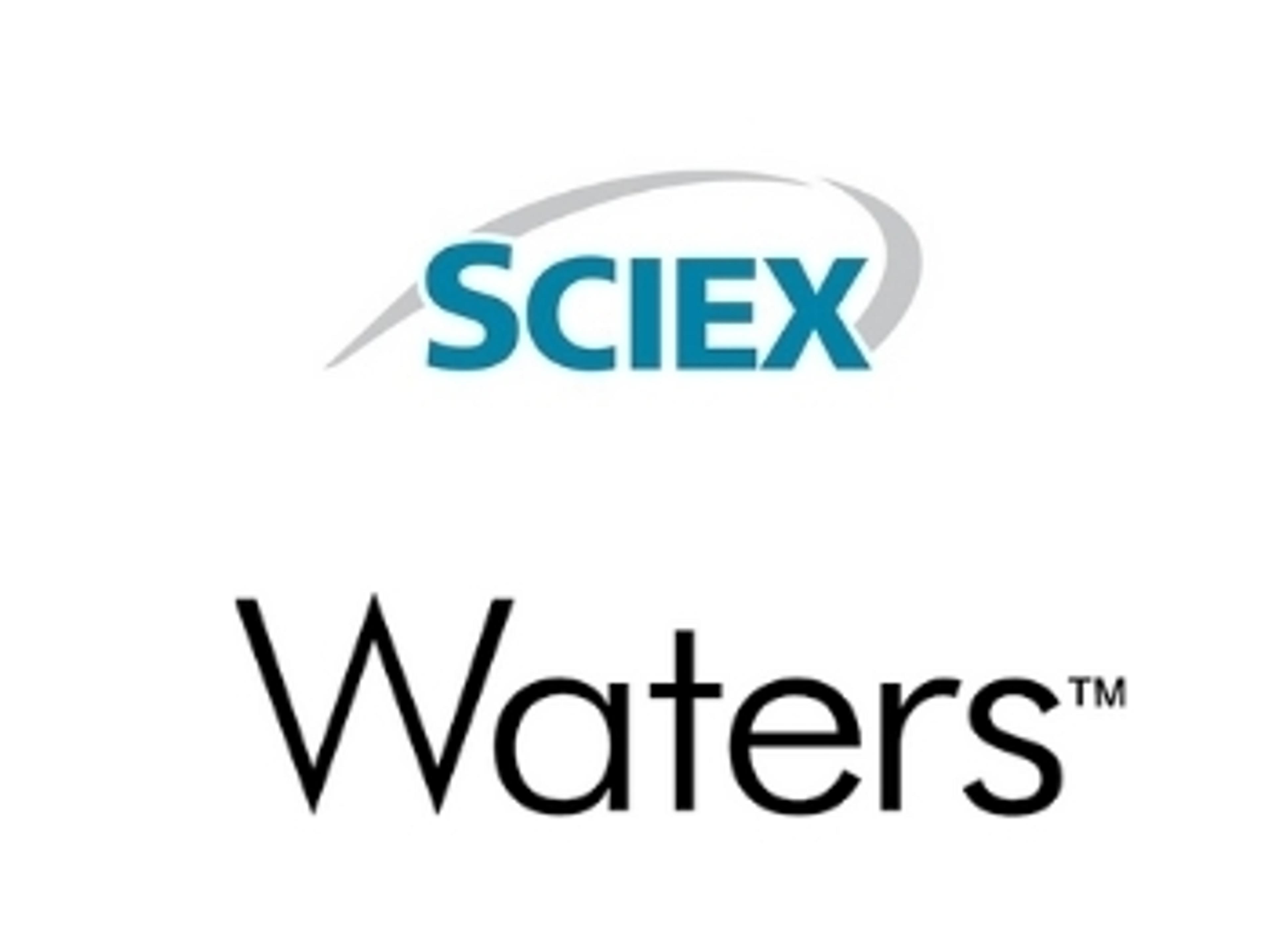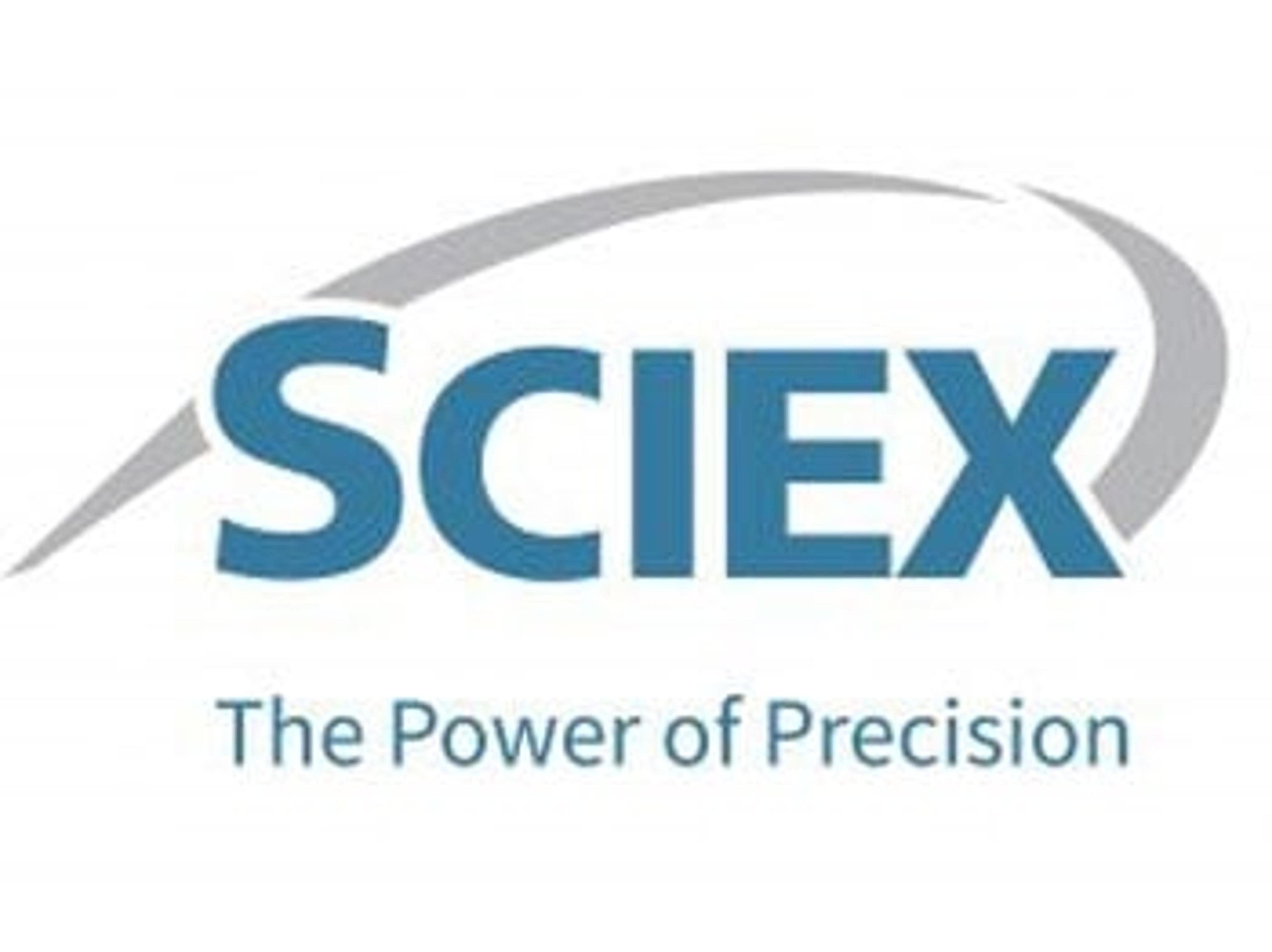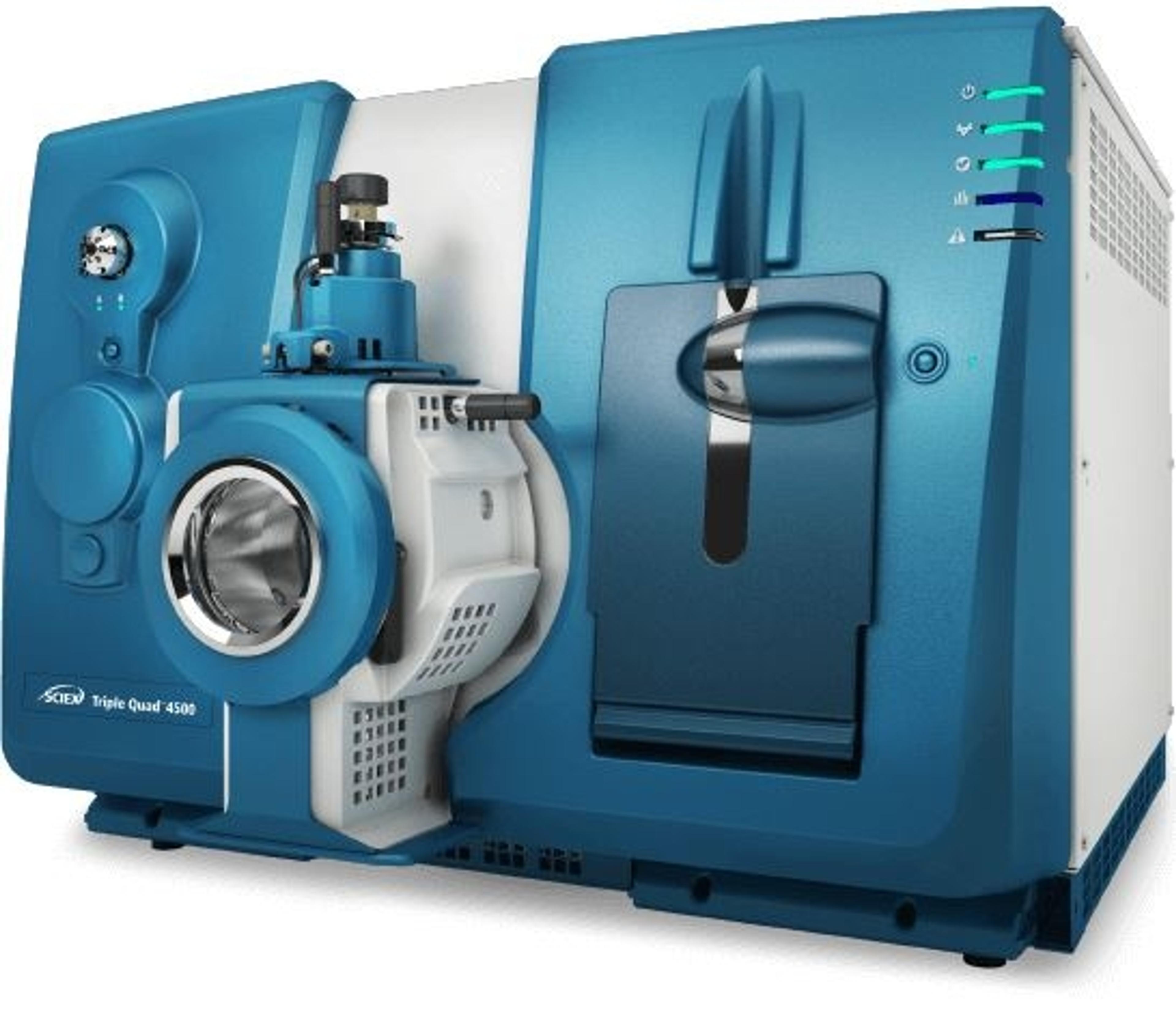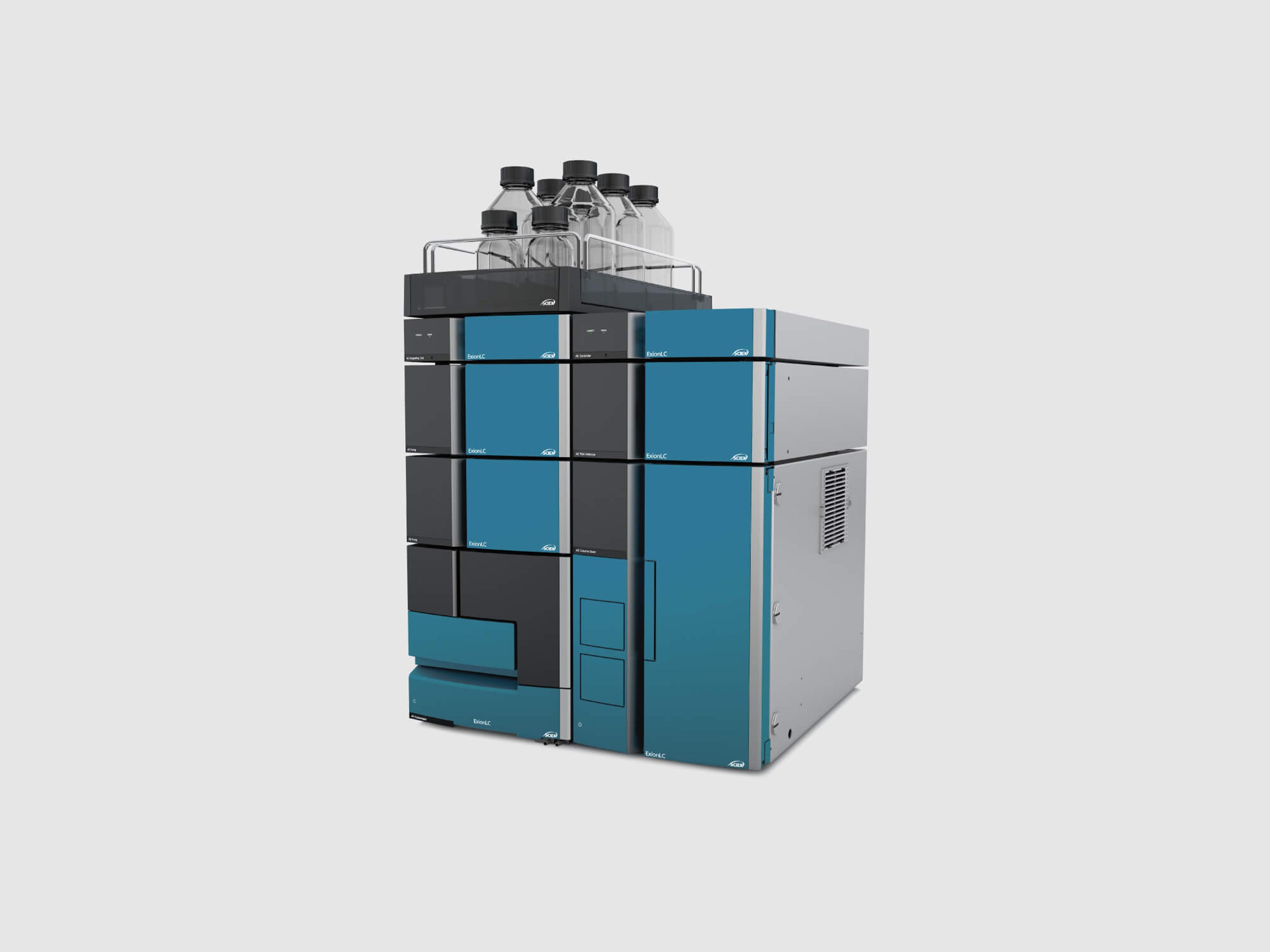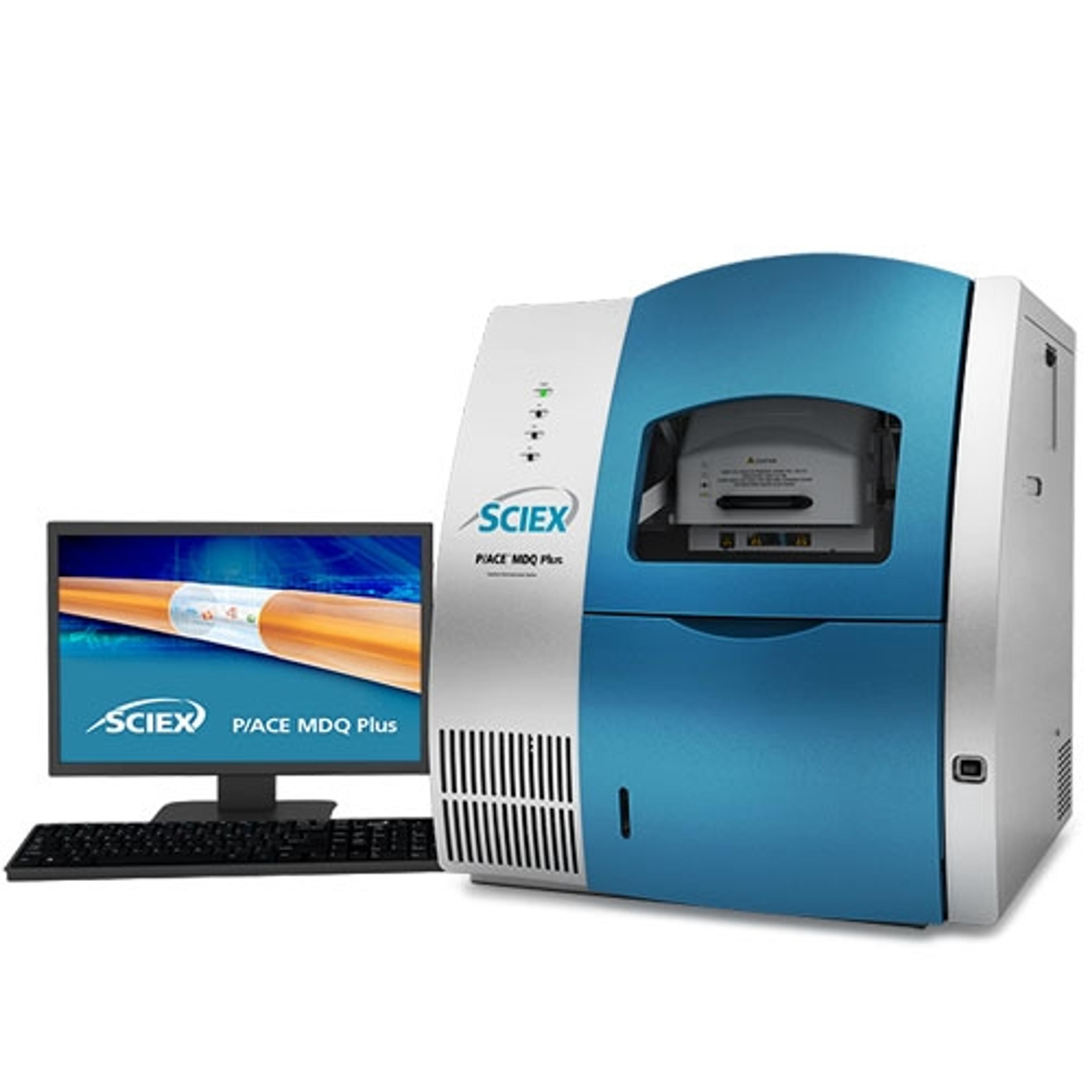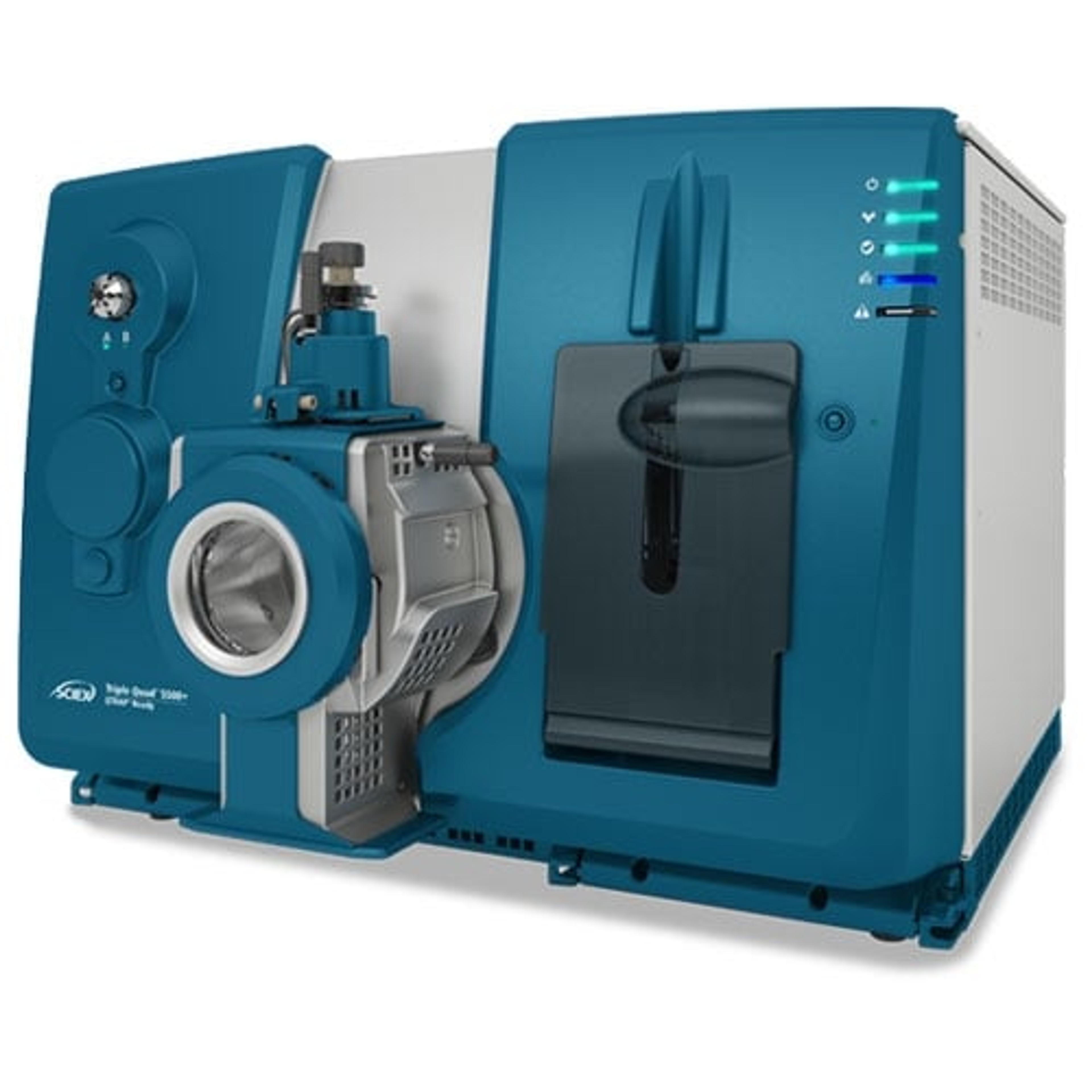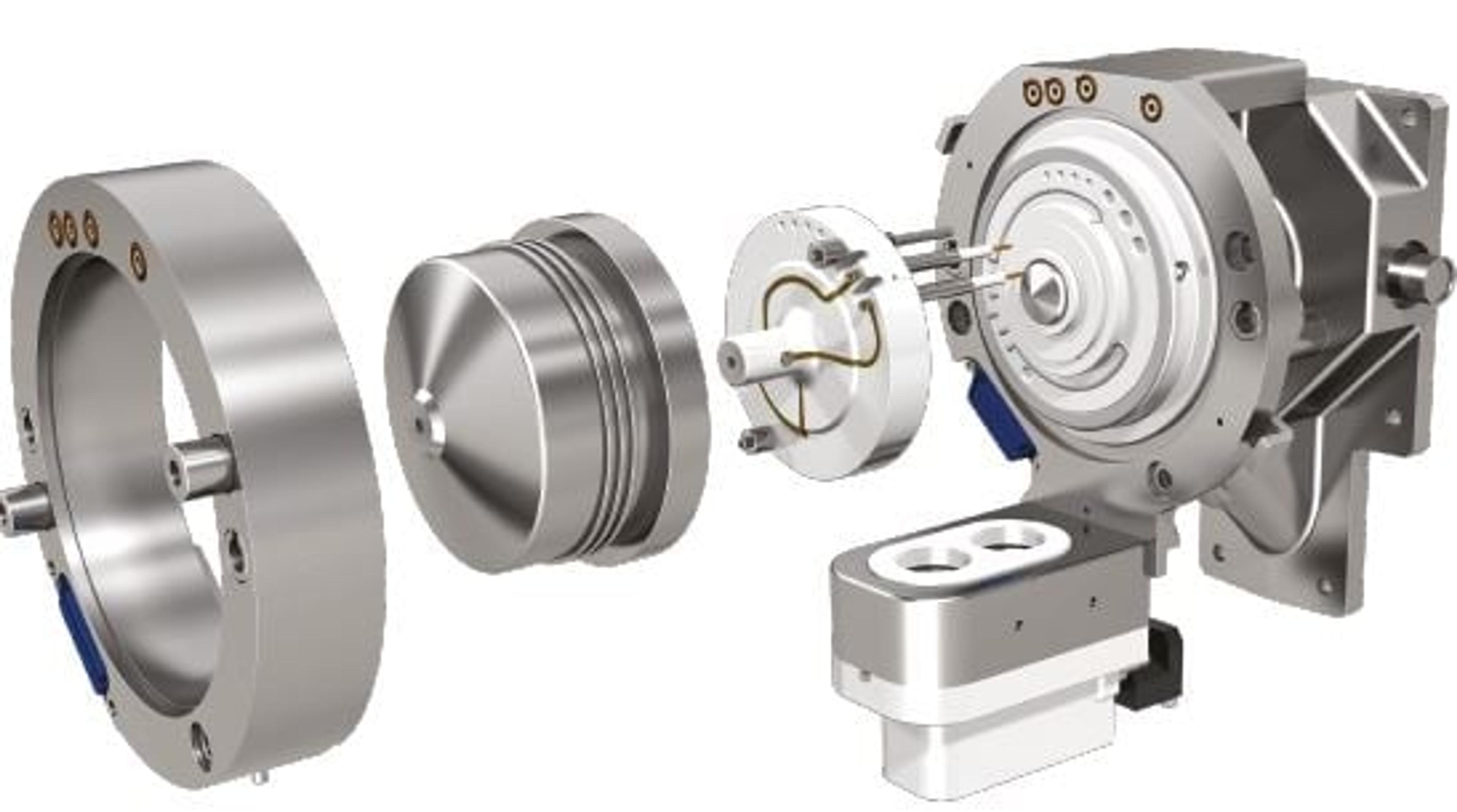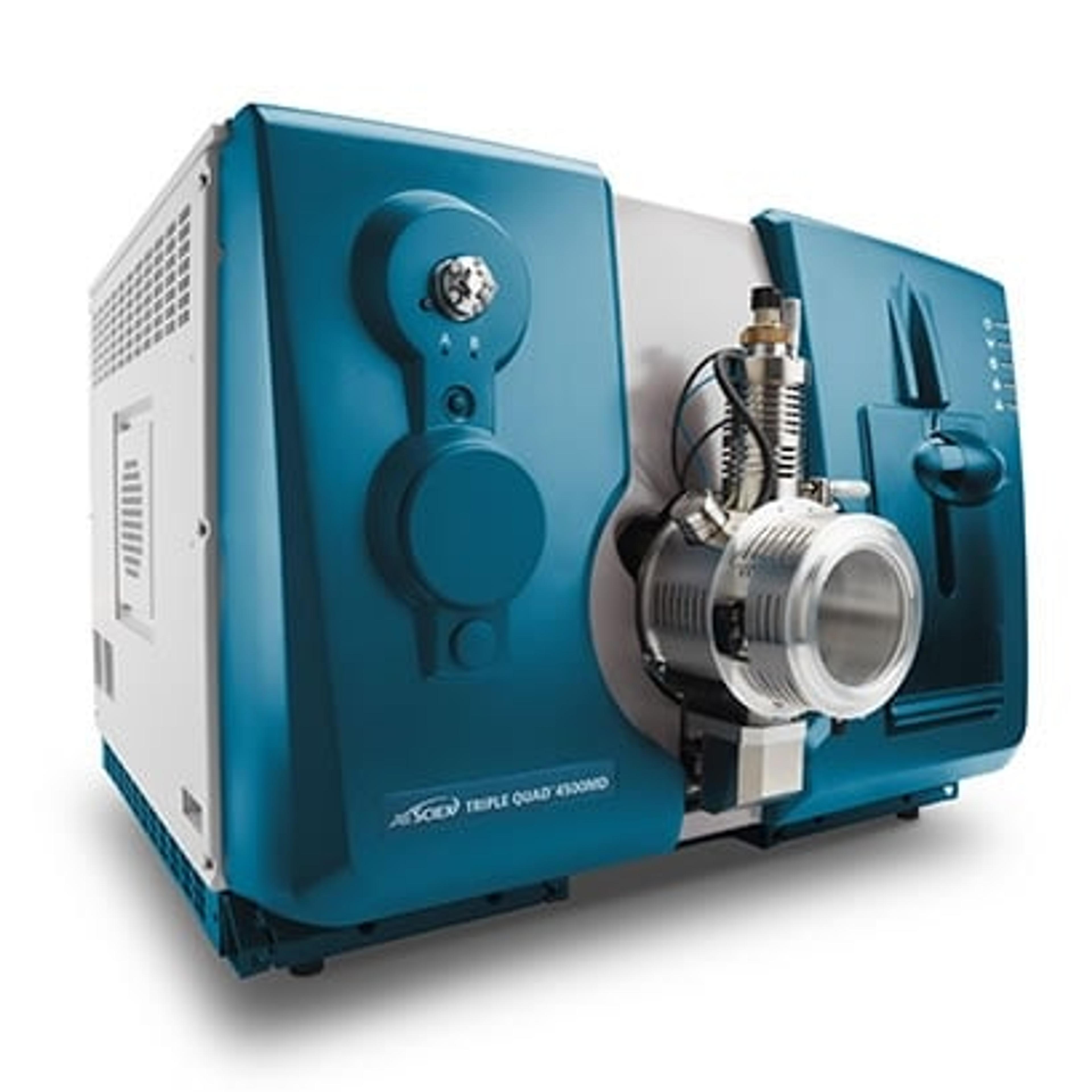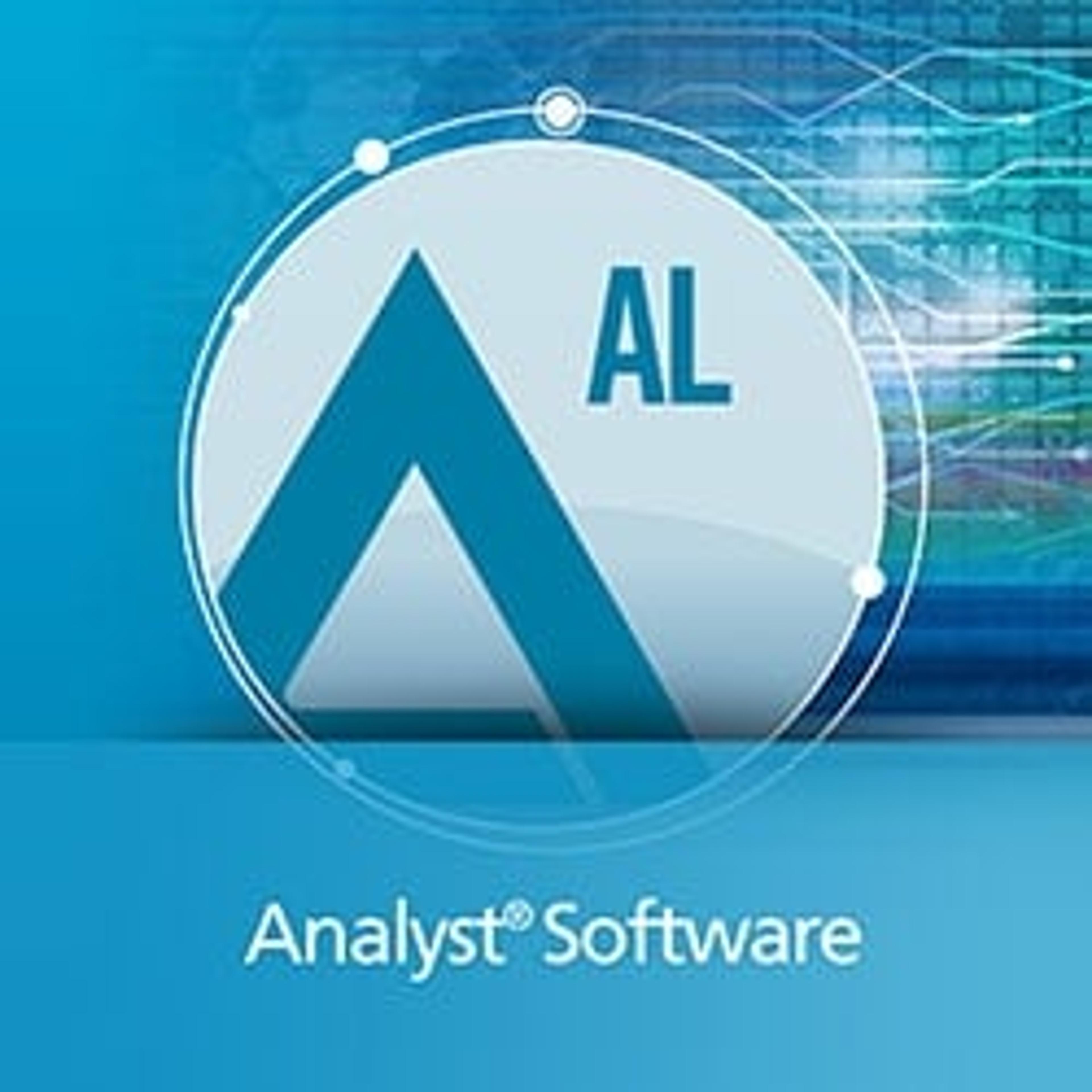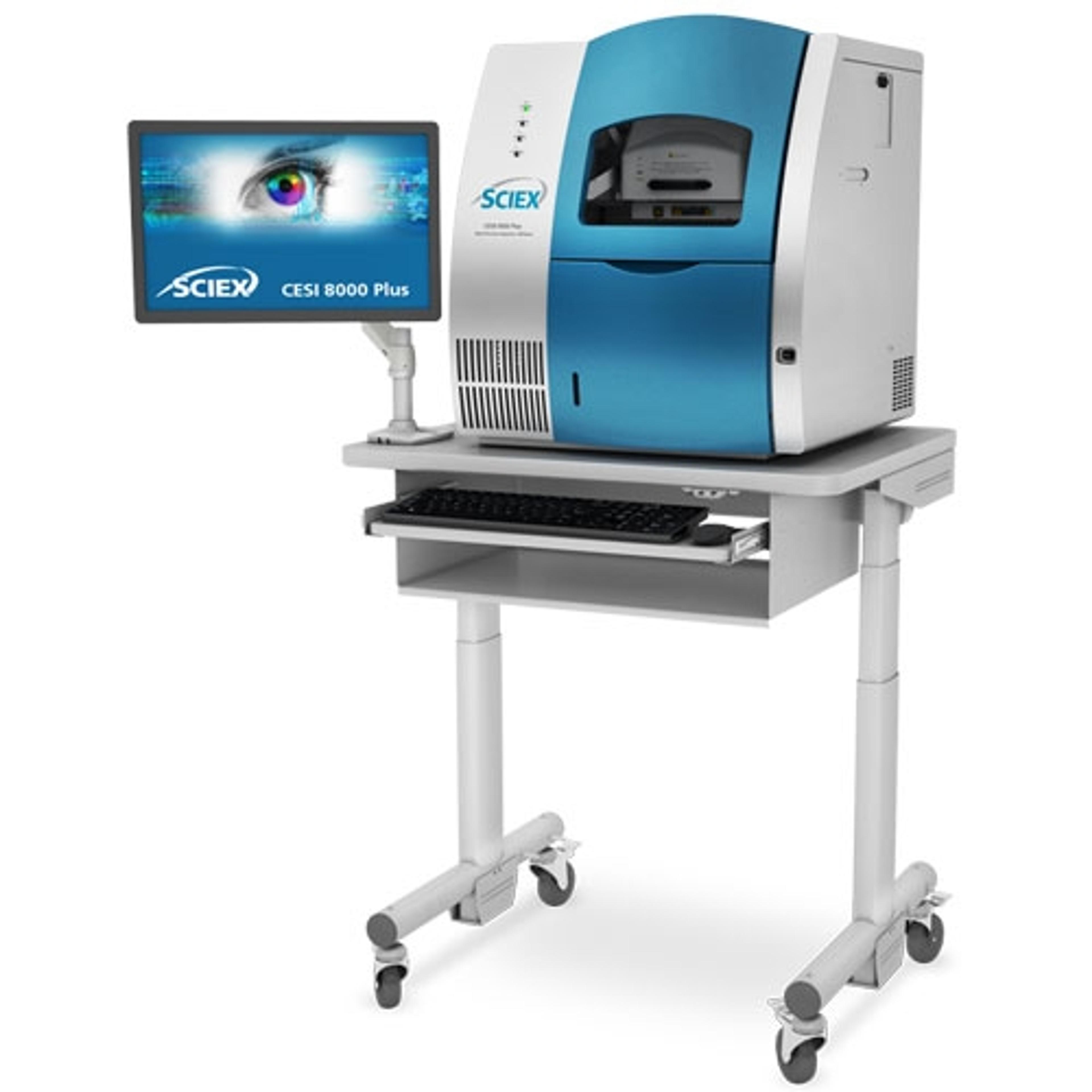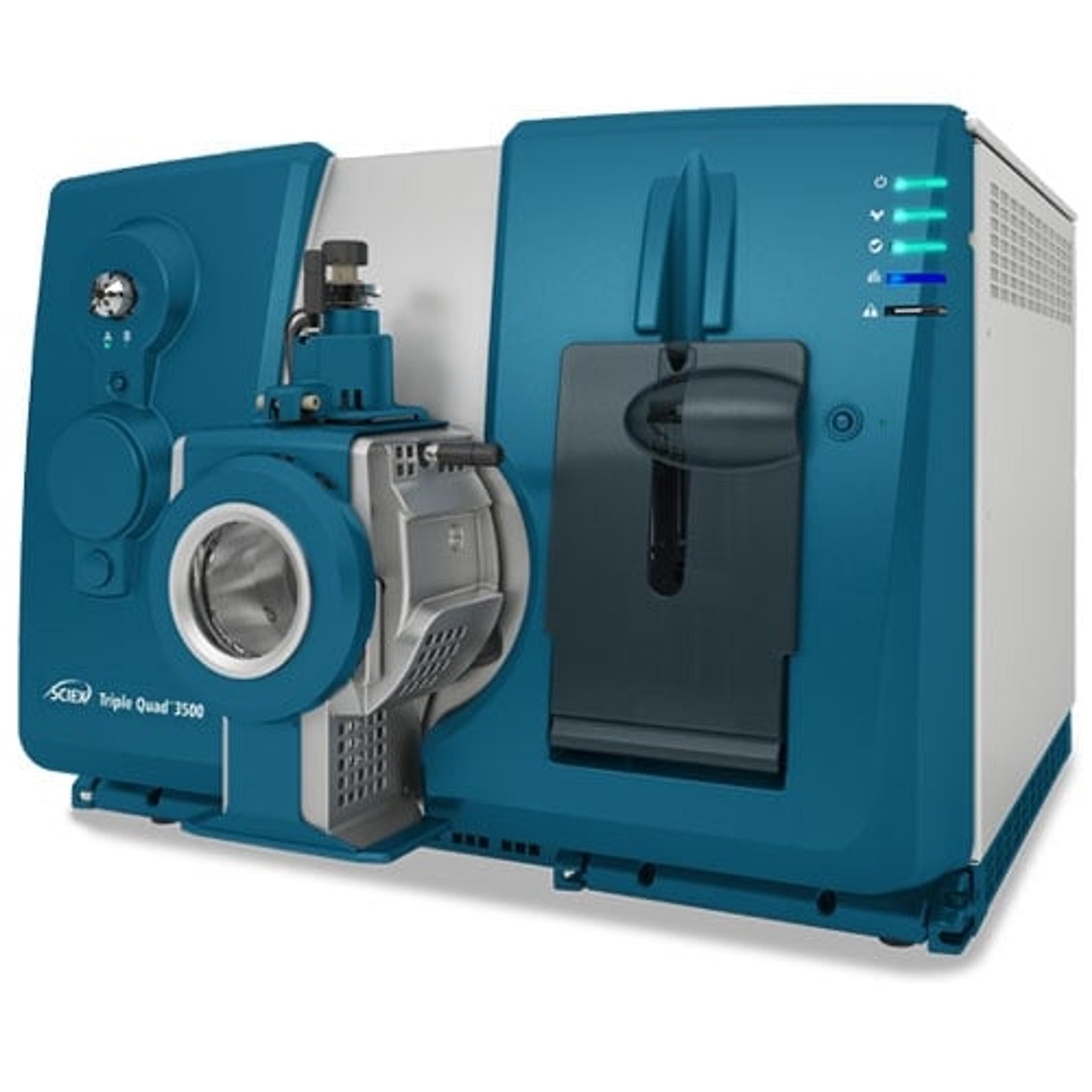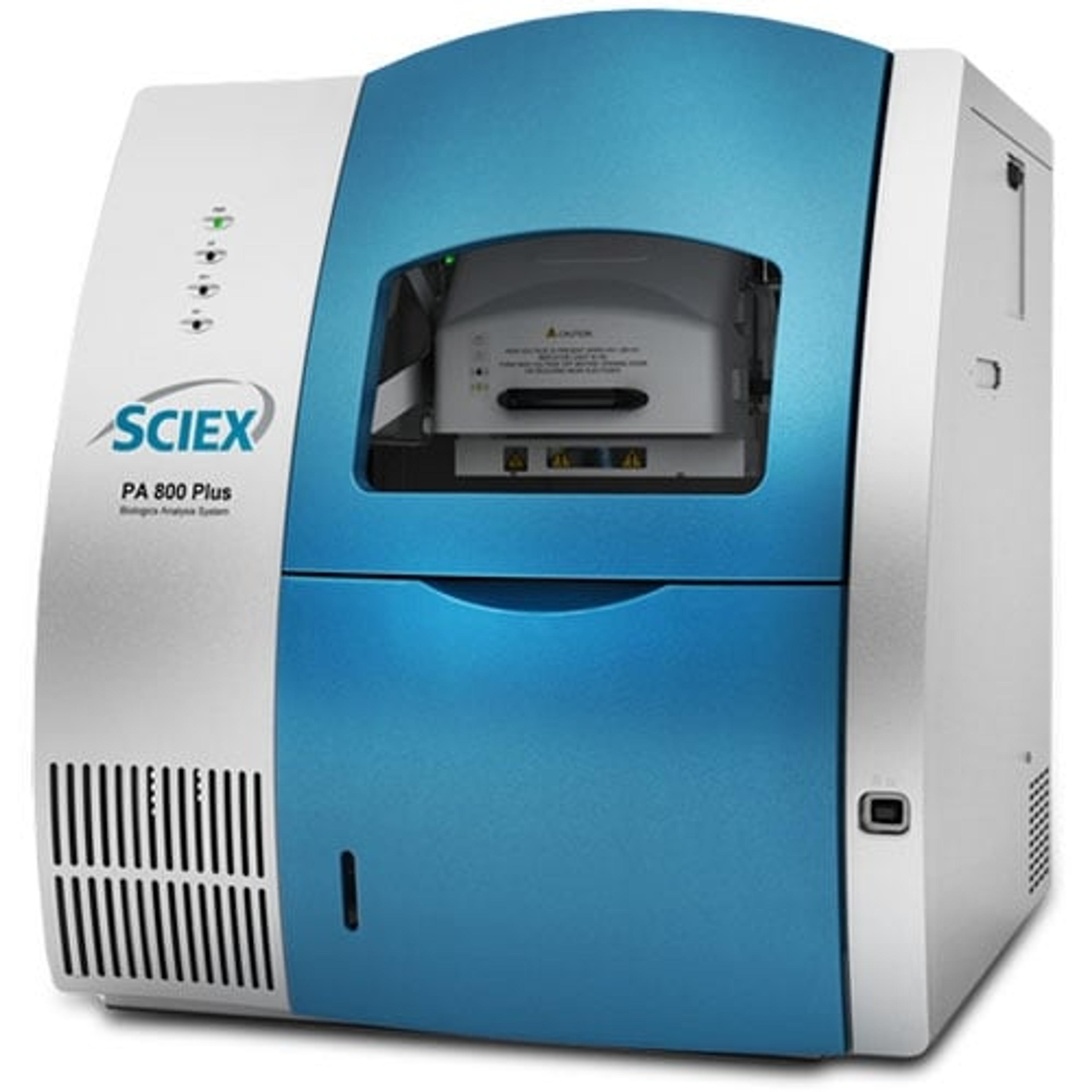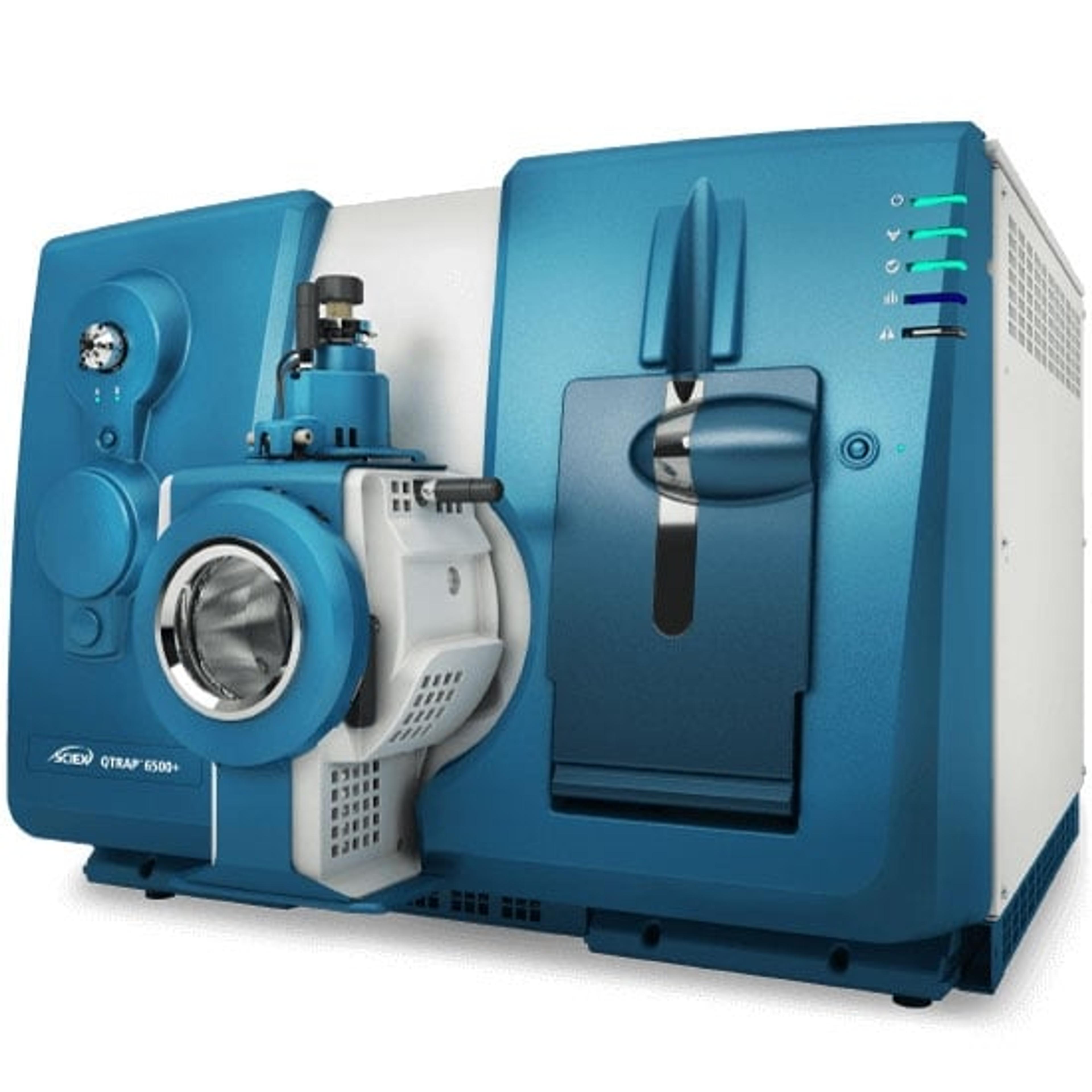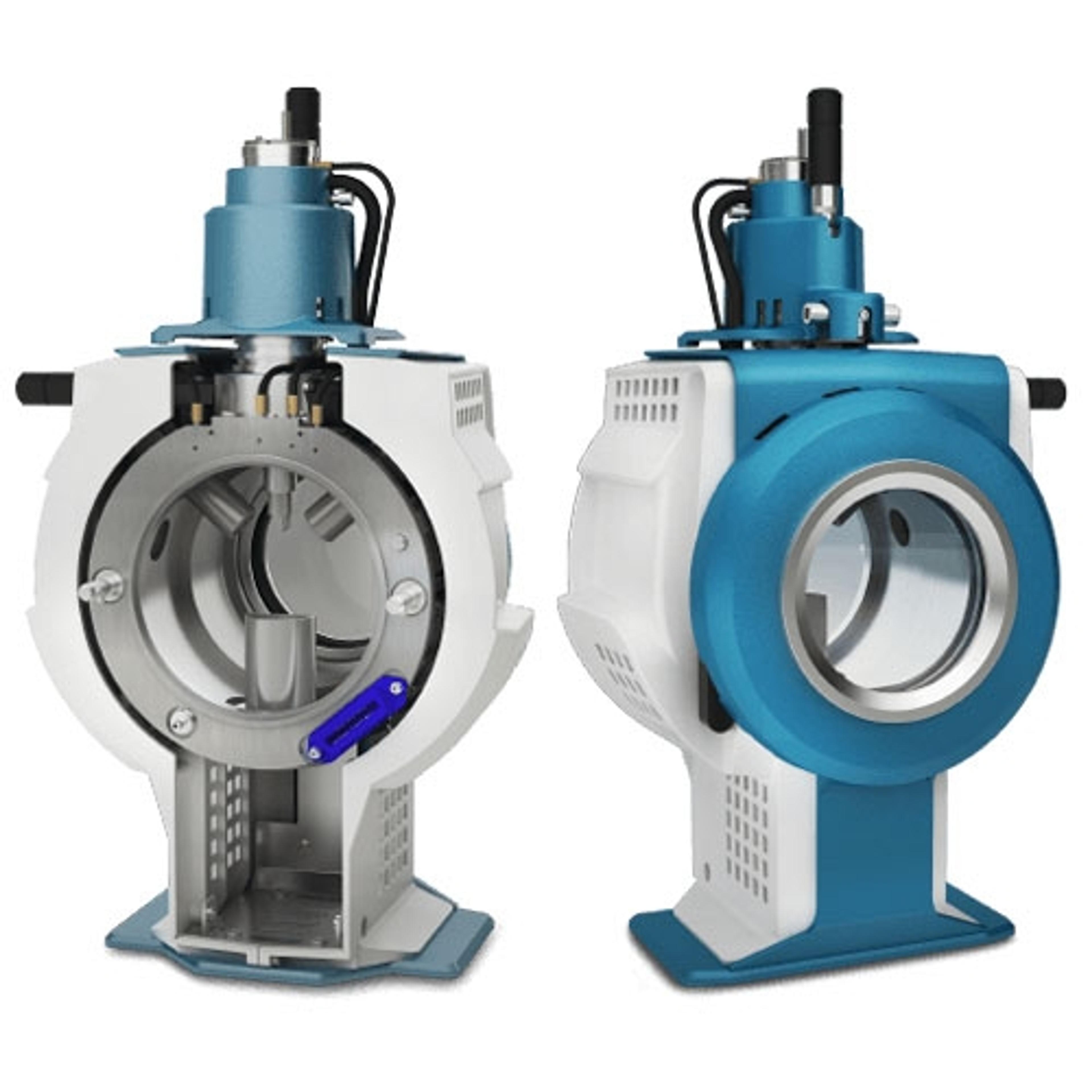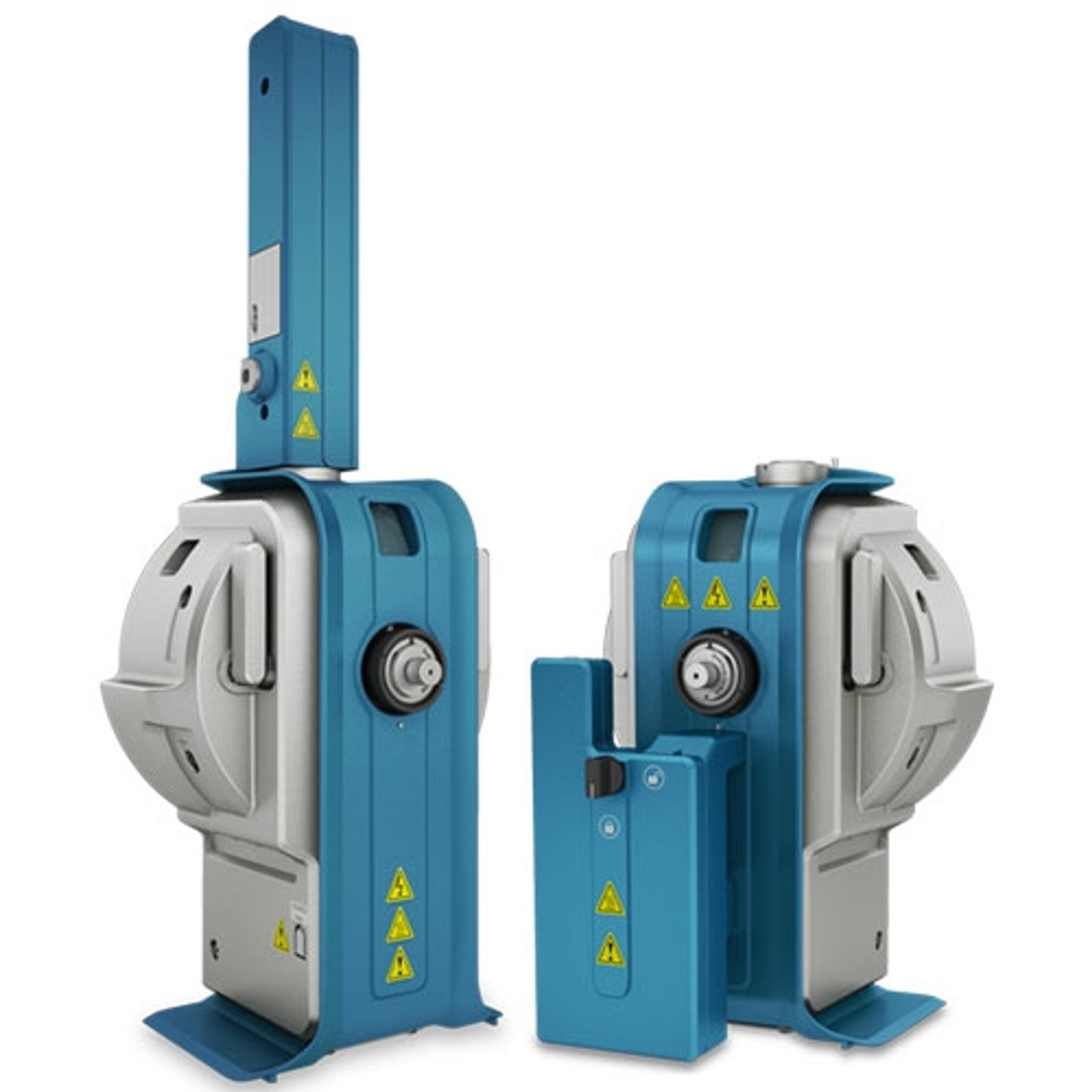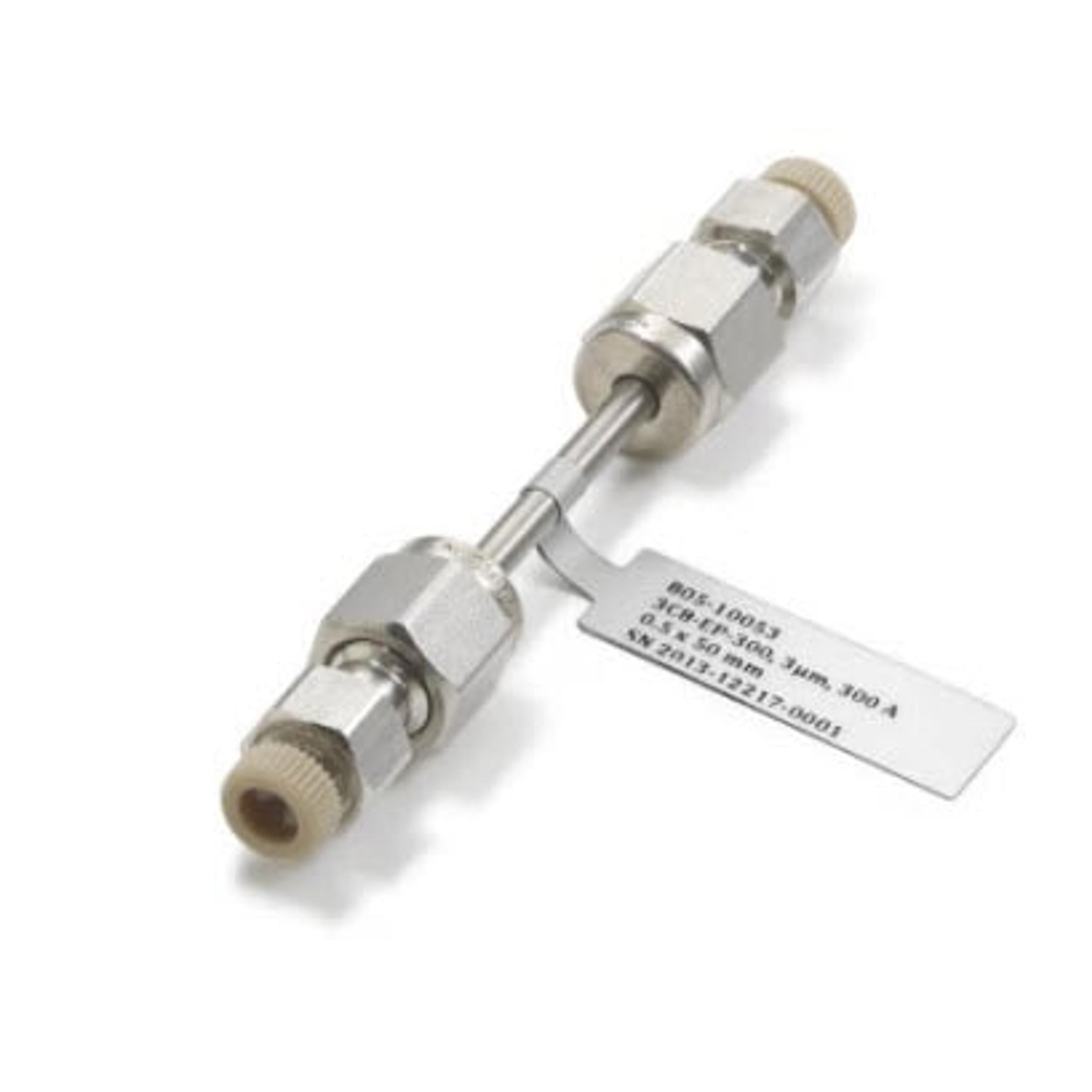QTRAP 4500 system
The QTRAP 4500 system takes the legendary 4000 QTRAP platform and intelligently re-engineers it to set a new benchmark for reliable quantitation and library searching – with 100-fold more full-scan sensitivity over basic triple quadrupoles in the same class. The LC-MS/MS workhorse is intelligently re-engineered. As one of the only triple quadrupole instruments with optional Linear Accelerator Trap technology, the QTRAP 4500 s…
Good results, there is definitely room for improvement
Detect an quantify drugs and metabolites in cell culture samples
In my view, the instrument is not very difficult to use, provided that you are trained properly to work with it. Moreover, you need a strong foundation in analytical chemistry to be able to design, conduct, and analyze experiments and results. There is one important one needs to take into consideration and that is the detection limit of this instrument is not the best when it comes to LCMS, as I continue to struggle with detecting pg levels of metabolites. Unfortunately, the software which comes with the instrument are not very good in my opinion, as they are very tedious to work with, not user friendly, and pose difficulties for data export and visualization. In this age of data driven science and big data riven research the software should be much much better.
Review Date: 17 Sept 2021 | SCIEX
Very good and robust system for residue analysis in a food lab.
Residue analysis in food matrices
The Sciex QTRAP 4500 is a robust system that helps us in our analysis of drug and pesticide residues and mycotoxins in food. As a food lab, residue analysis has been an important part of our analysis workflow and the Sciex system has not let us down. It is very sensitive and the results are very good, with efficient recovery results.
Review Date: 19 Oct 2020 | SCIEX
Great utility and sensitivity.
LC-MS
Great utility and sensitivity.
Review Date: 6 Mar 2020 | SCIEX
Very robust and highly sensitive instrument.
Analyze plant metabolites
The instrument has proven to be very useful and effective concerning our applications, which are analyses of different plant metabolites. LC-MS/MS results led to several important scientific publications and knowledge increases. After the purchase of the instrument it turned out that required consumables or spare parts are rather expensive and that it is difficult to get a discount for Universities, which would be appreciated.
Review Date: 13 Jan 2020 | SCIEX
Excellent results and accuracy.
Analyze metabolites in tissue samples
Triple quad mass spectrometers revolutionize quantitation with higher sensitivity, speed, and performance, from low mass to high mass compounds, in positive or negative polarity and in a single injection.
Review Date: 31 May 2019 | SCIEX
Robust analytical tool with good sensitivity
Chemical Analysis
Solid performance and productive. Good sensitivity and different functions to use.
Review Date: 26 Jul 2018 | SCIEX
Good instrument with reliable performance.
Chemical analysis
Easy to use product with good value. Software can be further improved.
Review Date: 16 Apr 2018 | SCIEX
Good instrument
Chemical Analysis
Good instrument with robust performance. Sometimes the software and communication are not smooth.
Review Date: 20 Nov 2017 | SCIEX
Overall good performance.
pain management testing
Can achieve higher reproducible results if you know the system. Software are easy to use.
Review Date: 29 Jan 2016 | SCIEX
The QTRAP 4500 system takes the legendary 4000 QTRAP platform and intelligently re-engineers it to set a new benchmark for reliable quantitation and library searching – with 100-fold more full-scan sensitivity over basic triple quadrupoles in the same class. The LC-MS/MS workhorse is intelligently re-engineered. As one of the only triple quadrupole instruments with optional Linear Accelerator Trap technology, the QTRAP 4500 system enables powerful, unique workflows that deliver a new level of confidence in your data. High-confidence library searching and fast eQ electronics for UHPLC: The 4500 series uses proven eQ electronics delivering polarity switching speeds of 50 msec and scan speeds of 20,000 Da/sec, creating a potent solution for detecting unexpected contaminants. Combined with a single comprehensive library of thousands of QTRAP spectra for library matching, contaminants at the lowest levels can be confidently identified on a UHPLC time scale. Features: Simultaneously quantitate MRMs and perform full scan library searches for non-targeted contaminants. Achieve a 100X increase in full-scan sensitivity over triple quads providing an enhanced level of confidence for forensic toxicology applications. Boost selectivity with quantitative MRM3 workflows – and reduce the need for extensive sample cleanup or labor-intensive chromatography methods. Obtain comprehensive peptide sequence confirmation and simplify MRM assay development for peptide quantitation.

